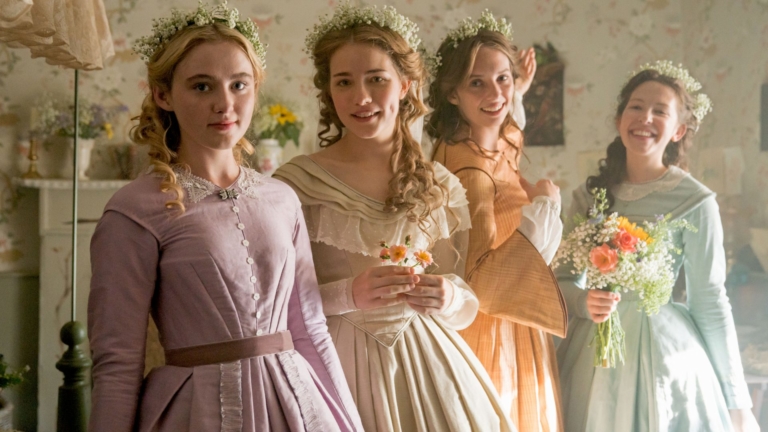
You’ve picked out your stationery—yay! Now, it’s time to get down to brass tacks and get specific when it comes to how you’re wording your wedding invitations. Our friends from Crane, who have been in the invite business for over a century, have helped us create this guide with their beautiful collections. Some elements should always be included and some you can get creative with. Either way, we’re here to step in and help you navigate these serif and sans serif waters to make sure your invites are informative, beautiful, and faux pas free.
Must Haves

This is the information that people actually need to get to your wedding in the right attire and be properly prepared for all of the events.
- Who’s hosting
- A written request to come to the wedding
- The full names of the bride and groom
- The date and time
- The location
- Reception information
- Separate RSVP card and envelope with a stamp
Line By Line Breakdown

THE HOST:
Traditionally, the bride’s parents acted as hosts and were almost always named at the top of the invitation. However, naming both sets of parents is fine too. And with more and more couples hosting their own events, either alone or with their parents, now writing, “Together with their parents, Justin and Hailey request the pleasure of your company . . . ” is prevalent.
If your parents are hosts, but they’ve divorced and remarried, you can easily still include them, your step-parents and your spouse’s parents—just keep each parent on a separate line.
“Dr. Colin and Nancy Smith
and Mr. James Kent and Josephine Kent
and Mr. Craig and Debbie Hammond
invite you the wedding of their children . . . ”
THE REQUEST:
It may seem obvious to state that you’re actually inviting someone to an event, but it’s an important line. Here are a few options:
“would love for you to join them”
“invite you to celebrate with them”
“at the marriage of their children”
BRIDE AND GROOM:
If they aren’t included in the hosts’ line, the names of the bride and groom should be featured a few lines down. Traditionally, the bride’s name precedes the groom’s. Formal invites from the bride’s parents usually refer to their daughter by first and middle names and the groom by his full name and title. For same sex couples, the choice of whose name goes first is up to you.
DATE AND TIME:
For formal weddings, the day and time is written out in full. Noting the year is optional as people assume the date is in the nearest or present year. The time of day is depicted using “o’clock” or “half after five o’clock.” A.M. and P.M. are optional. And using numerals for casual weddings is acceptable.
LOCATION:
The street address of your venue doesn’t need to be listed, unless it would be unclear without it or if it’s taking place at someone’s home. The city and state should be written out in full.
RECEPTION:
Formal invitations include reception information on a separate card, but it can also be printed on the main invite itself, if there’s room. If the location is in the same place as the ceremony, you can simply state, “reception immediately following,” but if there’s another venue, it should go on a different line.

DRESS CODE:
Sometimes the most confusing part of the invitation—the dress code . . . at least if you put “barn black tie” or “beach formal.” Etiquette dictates that this should be stated, if at all, in the lower right hand corner. If attire isn’t noted, the tone of the invitation and the time of the event (6:00 P.M. means formal) will let you know what dress code is expected. For the below invite, we’d show up in black tie.
RSVP CARD:
Most couples choose to include a separate RSVP card, so guests can return their responses in the mail. If you’re having guests respond via a website, then it’s nice to include the web address on a separate card.
Now that you know exactly how to word each line, browse all of the invite options Crane has to offer.
This post is sponsored by Crane.












